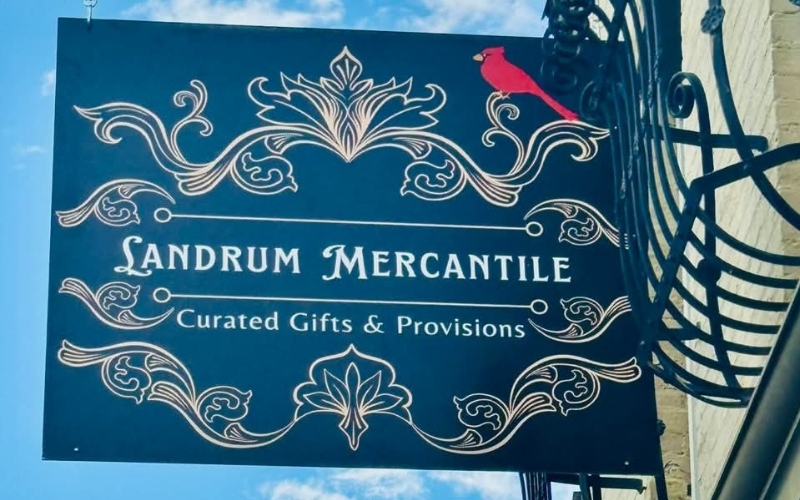The pleasure of Raku’s flames and fire
Published 12:20 am Tuesday, March 1, 2016

Potter Jim Cullen teaches ancient Japanese technique
Written and photographed by Steve Wong
It had been a full Saturday of watching a few people mold clay, mix glazes, and talk pottery talk. I like pottery, and I buy pottery when it strikes my fancy, but I had learned the hard way that I had no artistic or technical talent in making it. I had failed Pottery for Dummies, not able to “center” my clay, much less shape it or glaze it.
But this particular teacher, Jim Cullen, had promised me some excitement … flames and fire, and pieces of beautiful pottery made through the ancient Japanese tradition of Raku.
I had heard the word “Raku” many times in my novice dealings with pottery. It was always said with a bit of reverence, as if defining it was difficult, maybe impossible, and beyond Western thinking. When looking at a collection of pottery, the Raku pieces are usually noted as being special and more expensive. If you’ve ever seen horsehair pottery, you’ve probably seen Raku pottery, and if you bought it, you paid handsomely.
Combine Raku mysticism and equestrian enthusiasm, and you have tapped into an almost sacred art form of draping a dead horse’s hair onto sizzling hot pottery to create vessels that might hold the spirit of the deceased animal. I just like how the squiggly black lines look on light-colored flower vases.
The 10 or so people in the daylong workshop at Jim’s home and studio in Campobello, S.C. were all potters of various experience and talent, and they were psyched to be there. They, too, had been tempted by the notion to experience and learn about Raku. Most had brought unfinished – formed and hardened, but not finished or glazed – pieces of their own making in hopes of having them transcended to Raku. I don’t know what Jim told the student potters, but he had promised me flames and fire.
Jim is a good teacher and one of the most respected potters in the Carolina Foothills. He teaches in both South Carolina at Chapman Cultural Center and North Carolina at Tryon Arts & Crafts School, and his classes are in high demand, as is his own pottery work.
His Roundhouse Studio — of his own design — is almost legendary among his followers. To be invited to attend a workshop there is like being invited to cook alongside Julia Child in her own kitchen. They all brought snacks and bag lunches, and Jim provided printed information sheets with technical recipes and step-by-step instructions on various techniques. He dubbed the workshop “Let’s Burn Some Pots!” Yes, let’s get on with some burning…
“Patience, Grasshopper,” is something Jim has said to me on more than one occasion. First things first: Introductions, coffee, a tour of the studio, general comments about the day ahead, chitchat. Inside and out, the studio was packed with cans and bottles of chemicals; scores of pots in various stages of creation; kilns big and small, purchased, restored, cobbled together; gas tanks; newspapers; and it all had a reason to be there as we learned as the day went on.
Those little metal trashcans with lids sitting outside, next to the kilns? Guess what happens when you fill them with old newspapers, maybe some dry leaves, and gently place red-hot pieces of pottery in them? Fire and flames that must be smothered as fast as possible to create as much contained smoke as possible because smoke is one of the things that makes Raku so special.
There’s Raku, and then there is Raku, and to hear Jim talk about it is like trying to understand Far East philosophy. Some words and concepts are nearly impossible to translate into Southern English. I was relieved to find out that Naked Raku is done with clothes on. On the simplest level, Raku means pleasure, and Raku pottery was first used in Japanese tea ceremonies. I’m sure some Japanese tea experts might take exception to such a simplistic understanding of Raku.
Jim was pacing the day, with an obvious goal to end with flames and fire. Throughout the day, the potters learned different techniques, compared notes, applied glazes of every sort, fired pots, broke pots, came close to crying over broken pots, cleaned up messes, and made ready for a big fiery finish, which came after dark.
You could feel the group’s anticipation in the fall cool air as the individuals brought out their best pieces, stoked the kilns, filled the trashcans, and tried to predict what their finished products would look like. Waiting for the kilns was the worst part, like waiting for water to boil. There was constant monitoring, adjusting of temperatures, and clockwatching.
When the kilns were ready to give up their glowing contents, the trick was to transfer the pieces to the waiting trashcan without breaking them. No easy task. Some got broke. But once the pieces were in the trashcans, flames would erupt, and the potters would scramble to get the lids on, hoping the complex techniques of clay molding, glazing, firing, and smoking would produce pieces of art.
Adding to the rush and excitement is the fact that a kiln can hold several pieces of pottery at one time, but a trash can gets only one piece at a time. In a group effort, they hustled and dodged each other with long tongs to take the pieces out of the kiln and place them in individual trashcans and clamp down the lids in mid blaze. The one thing the studio didn’t have was smoke alarms. Actually, waiting for the trashcans to cool was probably the worst part.
The best was to yet come, and it did indeed. As the trashcans cooled and the pieces of pottery were pulled from the ashes, the potters were elated with the results, though some were prettier than others. Some were down right gorgeous. The “oohs” and “ahhs” were plentiful as each potter brushed off the ash to reveal deep earthy tones combined with metallic and iridescent sheens in unpredictable patterns.
This was the payoff after a day’s dirty work: to take home clay pots and pieces of art that were made by people with the highest hopes and respect for a craft so hard yet so simple. These handiworks would undoubtedly finds places of honor in the homes of their owners, giving them what is loosely translated as “pleasure.”






